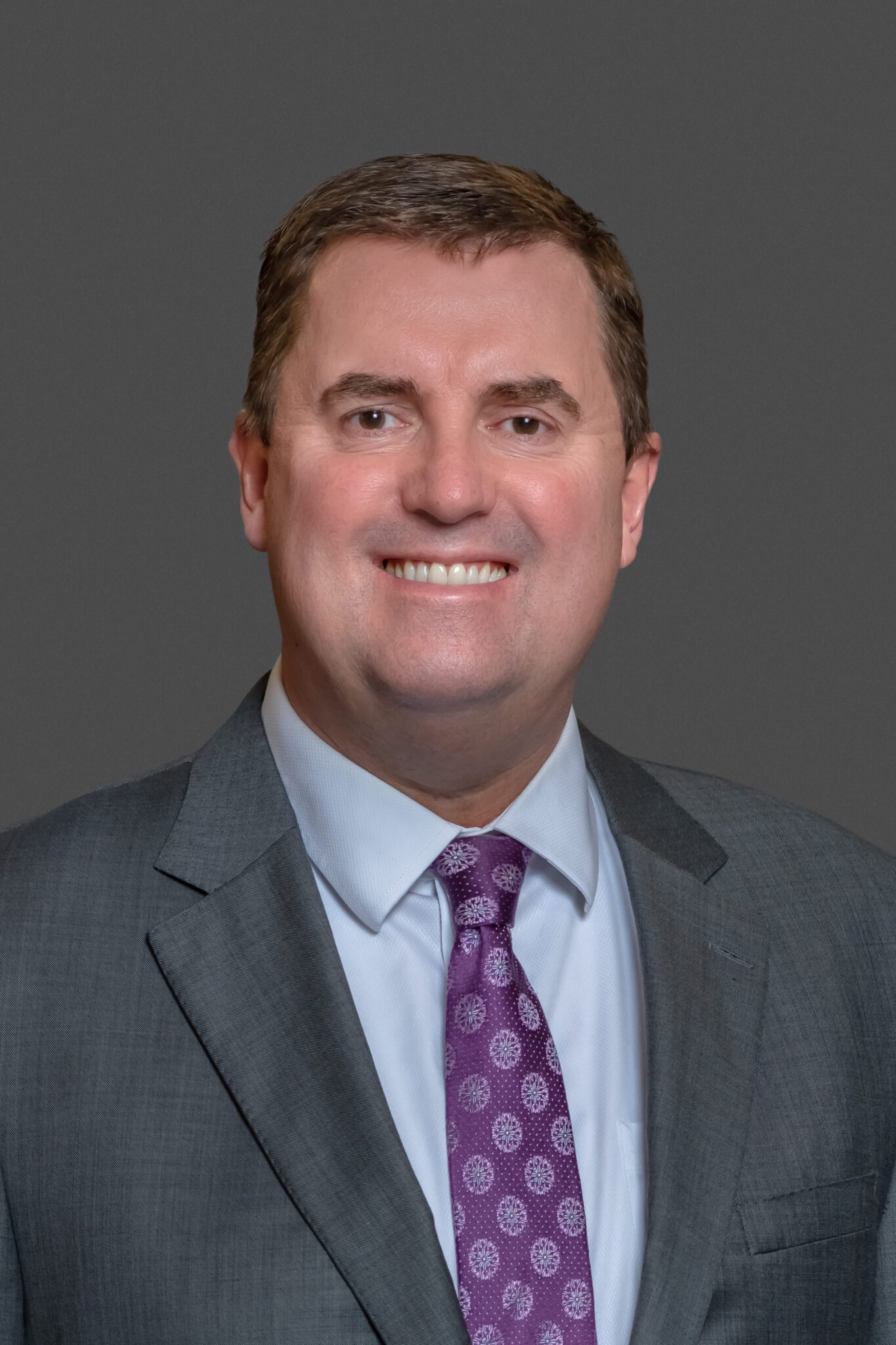
The finalists for WashingtonExec’s Pinnacle Awards were announced Oct. 11, and we’ll be highlighting some of them until the event takes place live, in-person Nov. 30.
Next is Cloud Industry Executive of the Year (Public Company) finalist Peter O’Donoghue, who’s chief technology officer at Leidos Civil Group. Here, he talks career inflection points, primary focus areas going forward, career advice and more.
What was a turning point or inflection point in your career?
The major turning point in my career was the transition from mechanical engineering to IT in the late 1990s. I had been working for architectural/engineering and design/build firms designing, building and operating major semiconductor, pharma and chemical plants. I had gained great experience collaborating with customers to understand requirements, how to comply with regulations and deliver working solutions on time and on budget. I had built significant experience in programming SCADA systems to automate operations of physical assets like building automation systems. I moved into enterprise IT by taking my knowledge of designing and building plants and implementing and integrating COTS Enterprise Asset Management and Maintenance, Repair, Overhaul systems.
The biggest thing I learned was to apply “systems thinking” to understand how multiple components need to work in concert to solve larger customer problems. I also learned how software could exploit sensor data to adjust how individual components worked, or to modify how an entire operation worked. I’ve been able to take this systems thinking and automation mindset to everything I’ve done since.
What are your primary focus areas going forward, and why are those so important to the future of the nation?
At Leidos, we understand and are exploiting the evolution of cloud technologies to power the mission of public sector and heavily regulated organizations.
The convergence of IT and operational technology (featuring Industrial control systems and the integration of physical systems) is occurring simultaneously with the emergence of ubiquitous cloud native digital platforms. This convergence will facilitate accessing and exploiting data to make better, more timely and more accurate decisions.
Hence, I’m increasingly focused on the secure integration of cloud, cloud edge, AI/ML, microservice-based applications, cyber, cyber physical, software defined networking and 5G technologies to provide seamless, secure and performant digital platforms for customers to exploit their data to make more timely, secure and better informed decisions across their enterprises.
We see the mission of government as primed to benefit from ubiquitous cloud or cloud mesh platforms, where mission decisions are made rapidly locally based by applying cloud-at-the-edge solutions which facilitate the secure storage and processing of local sensor data and by being able to share information across the entire mission.
What’s the biggest professional risk you’ve ever taken?
The biggest risk I undertook professionally was agreeing to build and deploy a website for a federal sector agency to support registration of consumer devices in six weeks. The website needed to be scalable to support millions of transactions per hour, support credit card payments, provide a commercial grade user experience and to achieve an interim ATO in that timeframe. The other major challenge was that the requirements were fluid as rule-making was still in flight and subject to negotiations with industry groups.
The reasons I took on this risk included having access to a strong team who could move quickly and had strong UX capabilities. We had access to the right cloud platforms and SaaS solutions, and most importantly, I knew that the customer would be in the boat with us. In the end, we were able to get the site up and running even if it took a few sleepless days and nights.
What’s your best career advice for those who want to follow in your footsteps?
My biggest career advice is to not become blinded by technology; implementing technology is not an end unto itself. It’s not. In our role as a systems integrator, we build and integrate technologies to support the mission of our customers. With the rate of tech innovation only increasing, today’s innovation is increasingly becoming tomorrow’s end of life technology.
As a technology leader, we need to live in the two worlds of mission and technology equally well. First, we need to stay current, embrace emerging technologies and understand how best to implement them securely, resiliently and cost effectively. Second, we need to understand where each of our customers are on their own modernization journeys, help them achieve what’s next, and position them as well as possible for where they’re going. This requires listening, the practical implementation of the right tech and recognizing that you’re never done. You will always need to learn, embrace change and evolve.

